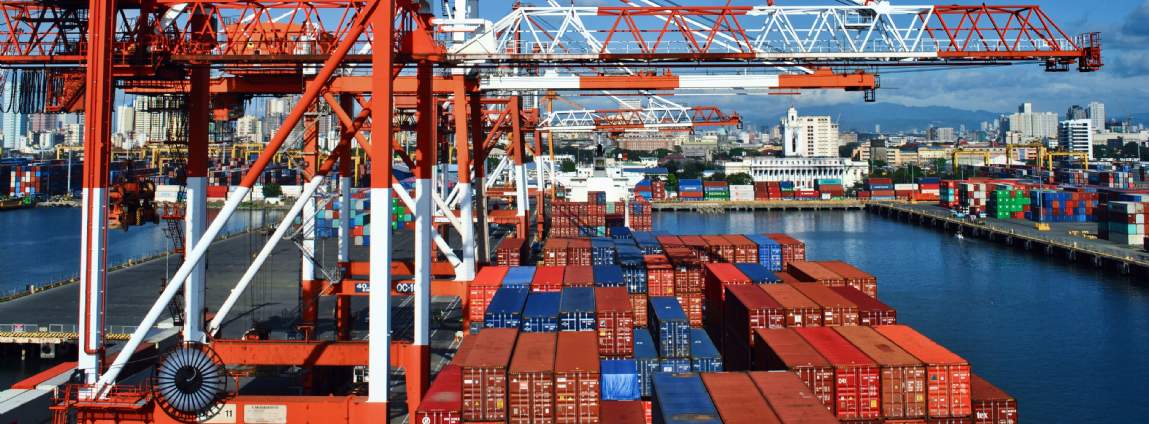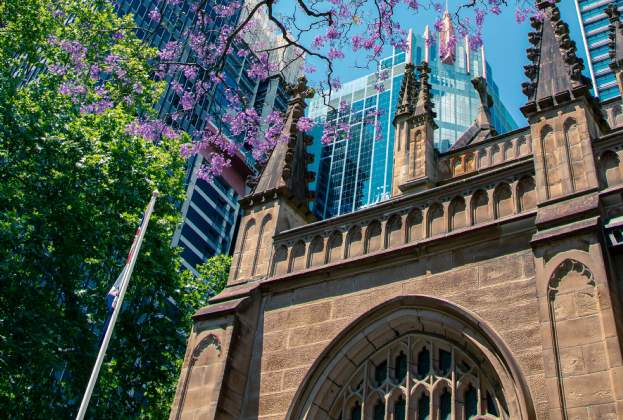MACROECONOMY
As core inflation rose to 5.9% in October from 4.5% in September, the Philippine economy beat consensus forecasts after increasing by 7.6% in Q3/2022. Household consumption continued to support the economy after growing by 8.0% despite inflation eating into household incomes. The strong OFW remittance inflows and expanding IT-BPM sector are projected to maintain their respective growth trajectories amidst a slowing global economy. Cash remittances from abroad should further boost consumption as the Philippine peso remains weak against the dollar. Meanwhile, the local IT-BPM sector remains on an upward trajectory after the growth the industry experienced during the pandemic.
Despite the absence of a concrete economic plan, the Marcos administration is still optimistic that the country will hit its growth target of 6.5% to 8.0% this year. A key headwind to this bullish outlook is the Bangko Sentral ng Pilipinas (BSP) hiking interest rates in tandem with the US Federal Reserve. Left to its own devices, the central bank is likely to favor controlling inflation and stabilizing the currency to ease import costs. These moves should hit domestic consumption in 2023 as we have not seen the effects of higher interest rates on the economy.

.jpg)
.jpg)

.jpg)
.jpg)
.jpg)
.jpg)
.jpg)
.jpg)
.jpg)
.jpg)
.jpg)
.jpg)
.jpg)
.jpg)
.jpg)